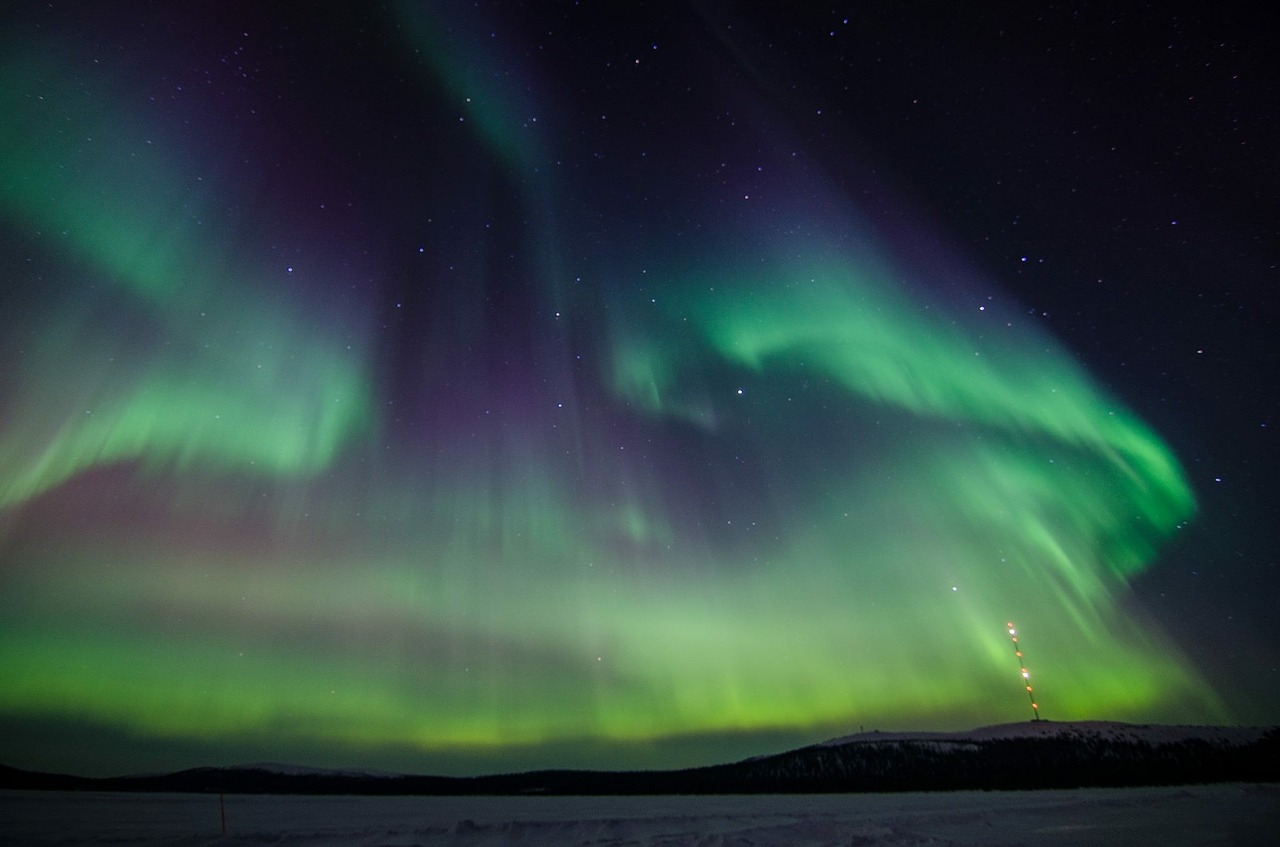One of Earth’s most dazzling natural phenomena are the brilliant moving lights of the aurora borealis, more commonly known as the Northern Lights.
Scientists had long discovered that electrons that bounce around the planet’s magnetosphere cause these pulsating lights. However, there has not been enough information to fully understand the process that creates this, Tech Times reports.
Now, an international team of researchers directly observed the aurorae and discovered what causes one kind of these lights: the pulsating aurorae.
Most frequently seen at sunrise, the pulsating aurorae are named after how they shift and brighten the sky in patches, instead of the long streaks and arcs the other aurorae make. These stretch across the sky for over hundreds of miles, and can be seen at a height of around 60 miles.
Random electrons released into the upper atmosphere results in the pulsating lights, but the physical mechanism behind it was what the researchers decided to focus on. The team used data gathered from the ERG satellite, also called the Arase spacecraft, to examine the pulsating aurorae that are created when the Earth’s magnetosphere interacts between plasma and electrons. Plasma is the energized gas from where electrons break free from parent molecules, and is one of the four elementary states of matter, in addition to solids, liquids, and gases.
Electromagnetic fluctuations in the magnetosphere disseminate the electrons, causing them to fall back into the upper atmosphere. As they do so, the electrons create colorful lights.
Satoshi Kasahara, from the University of Tokyo in Japan, lead author on the paper, said,
By analyzing data collected by the ERG spacecraft more comprehensively, we will reveal the variability and further details of plasma physics and resulting atmospheric phenomena, such as auroras.
This is the first time the phenomenon of pulsating aurorae was directly observed.
The study was published in the journal Nature.
























